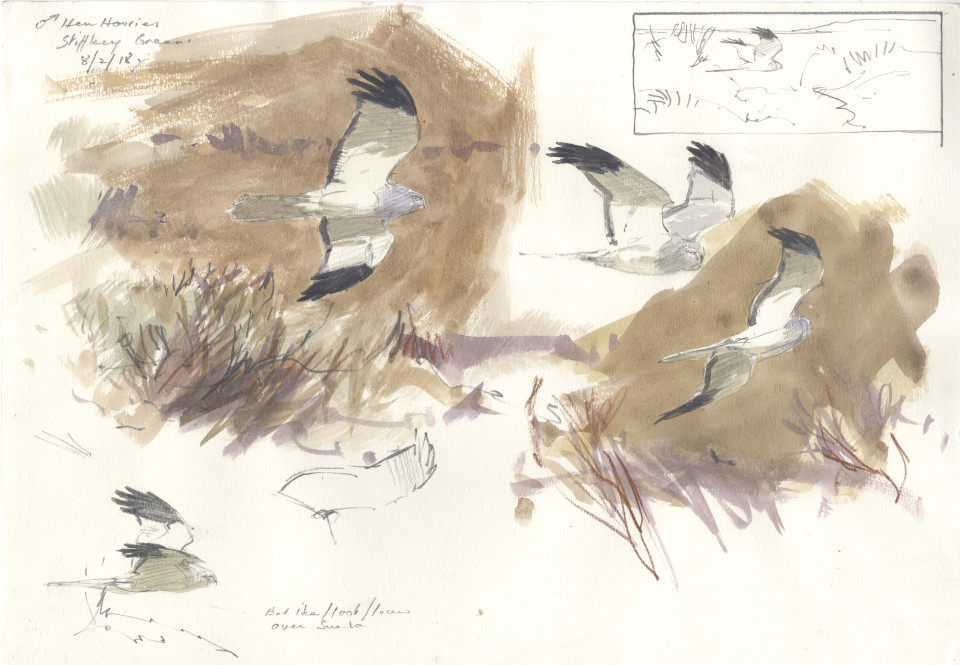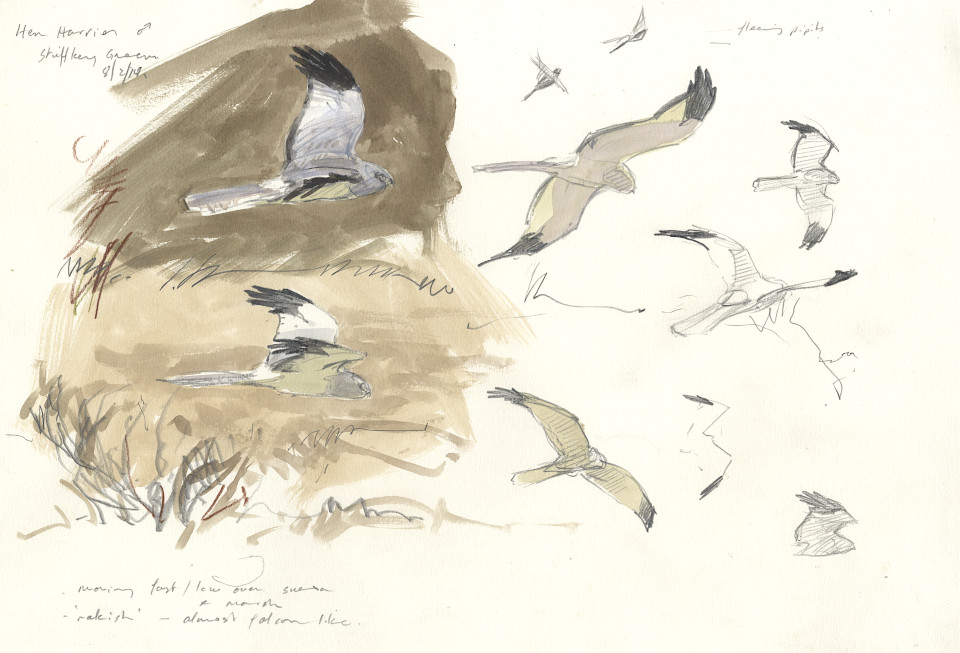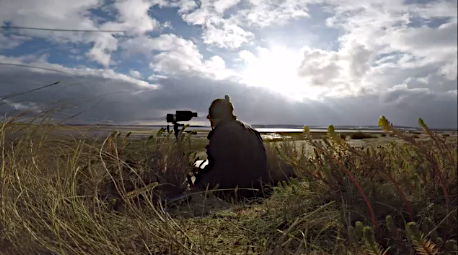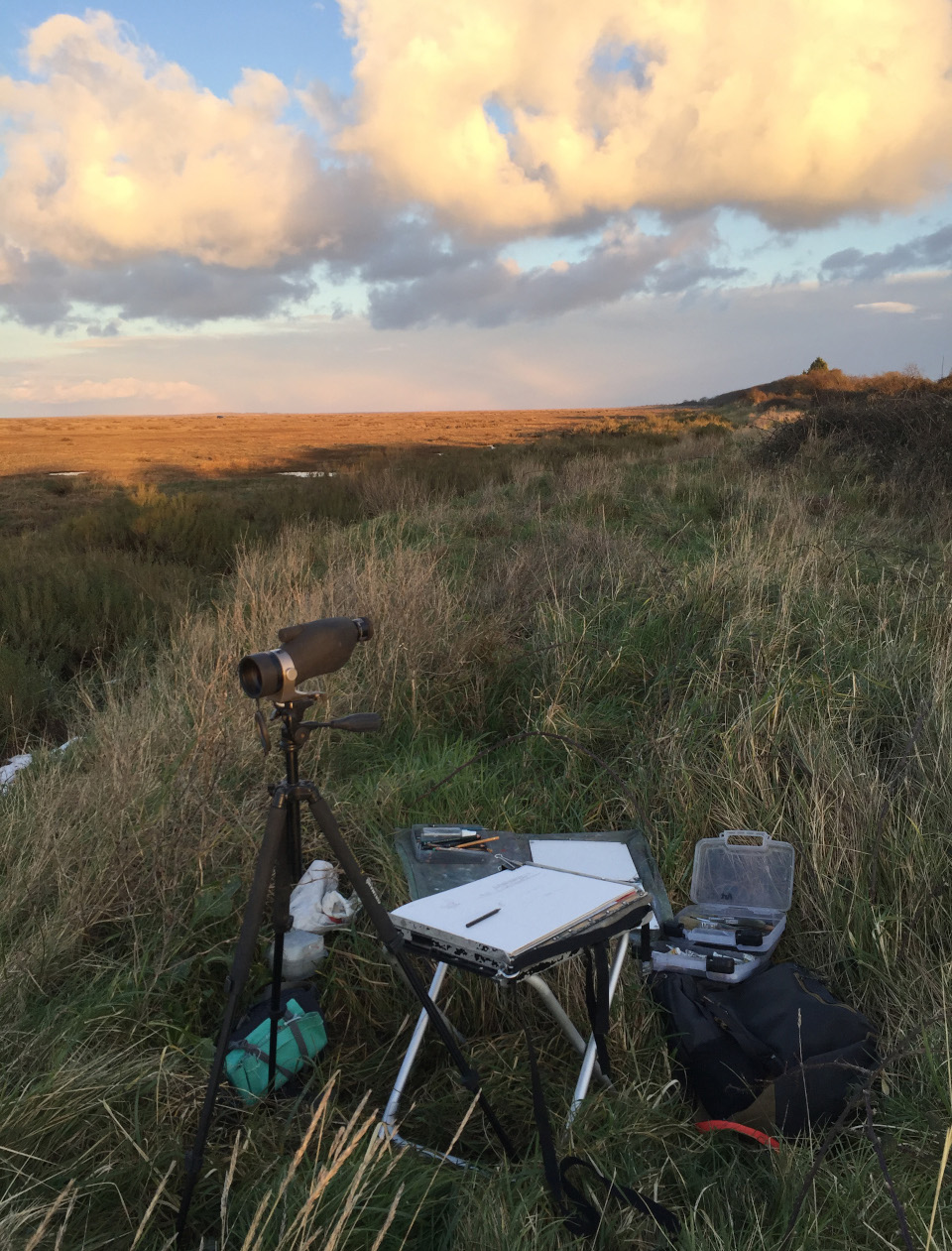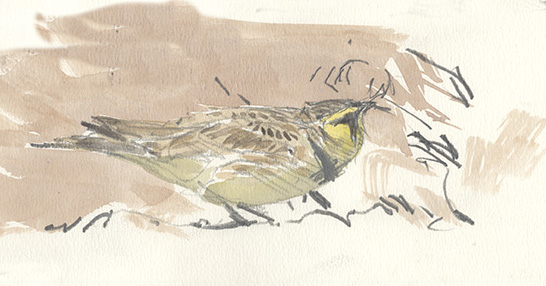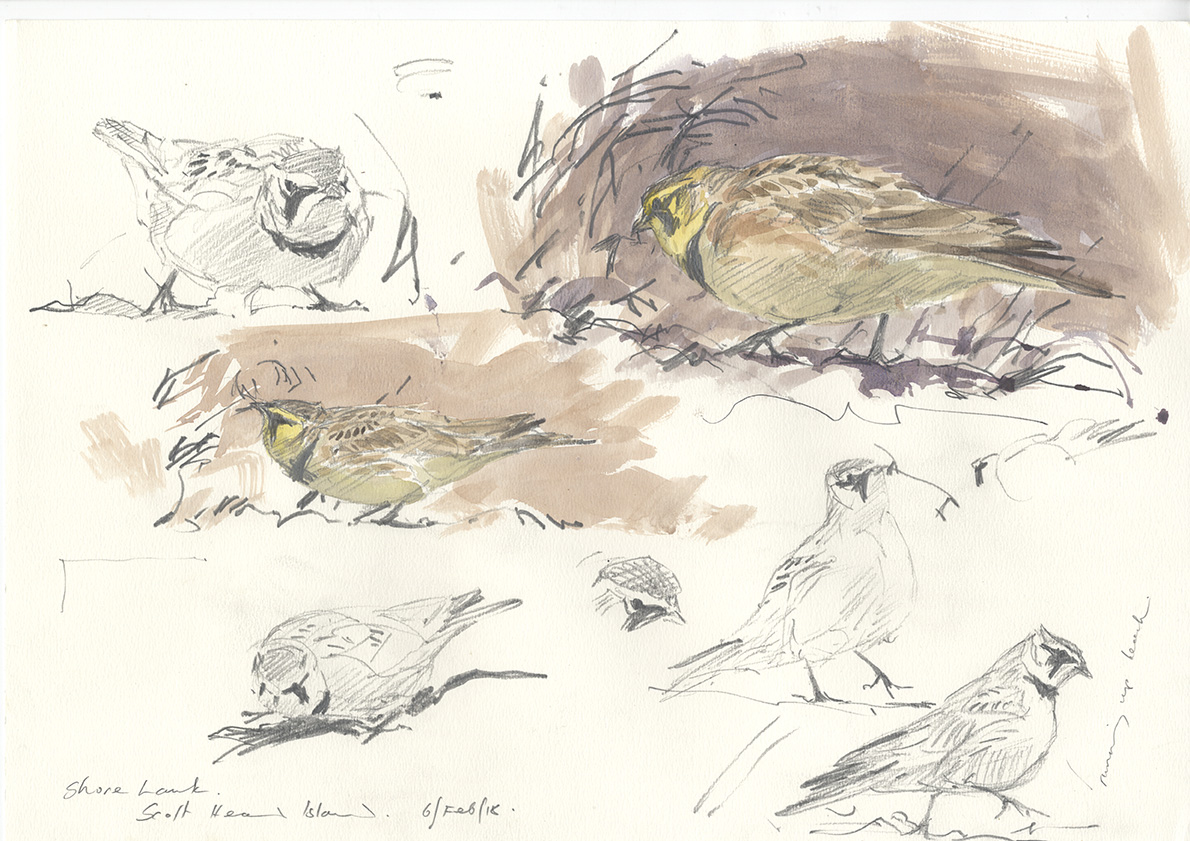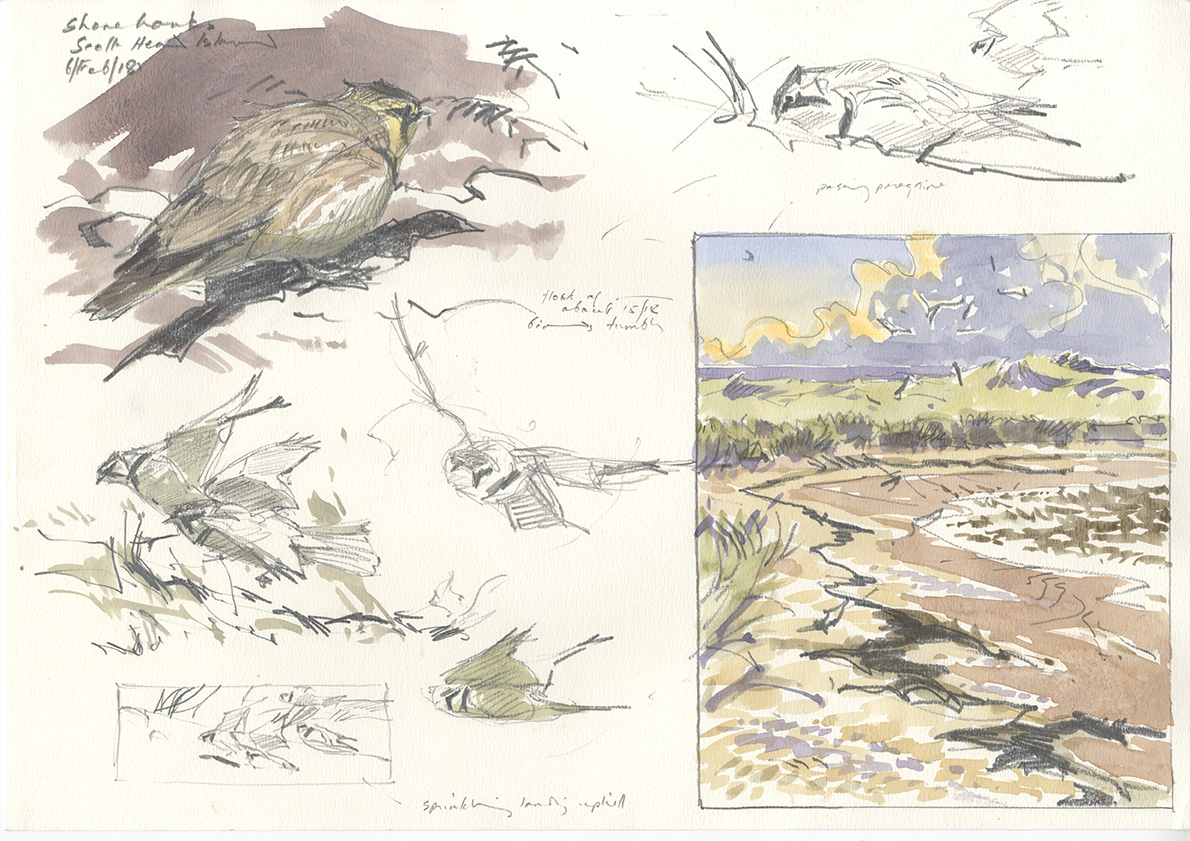A few days out in North NorfolkFebruary 2018 |
The weather was settled and the forecast looking good, so I set off for a few days working at a number of my favourite places along the coast. Barn owls and streams of pink footed and brent geese at Stiffkey; a wonderful male hen harrier and flocks of curlews on Warham Greens; and peregrines and shore larks on the tip of Scolt Head Island. Also had time for a trip out with Branta Cruises and Jon Brown on board the Laura May - fantastic! At one point when I was at Stiffkey way out where the marsh ends and the beach and falling tide stretches out seemingly to anfinite horizon I saw a male hen harrier. It flew fast and low across the beach when I first saw it. Then, reaching the straggling marsh edge, the bird rose higher slipping between sueda bushes and then following the contours of the creek headed inland and was lost to sight. A breathtaking sight!
|
|
Another time I was out on Scolt Head Island looking for shore Larks. They were hard to find at first, but then I heard them calling. They were up high - a straggling, flickering flock that circled and dropped low then rose high again before spiraling down into the margins of the sueda and bands of debris along the tideline. I worked my way towards them keeping low and managed to set up my telescope and tools as they worked their way up and down the beach for half an hour or more. Shore lark (Eremophila alpestris) once used to be a rare breeding species in Scotland, but it is now a species now only seen during migration periods or as winter visitors from populations in Scandinavia. Shore lark numbers can vary dramatically - some winters might see only a few birds in the whole of the UK, while in exceptional years there can be hundreds. The population that visits the UK has declined rapidly in recent decades, possibly as a result of overgrazing on their breeding grounds.
|
|
© Bruce Pearson 2025. All rights reserved
